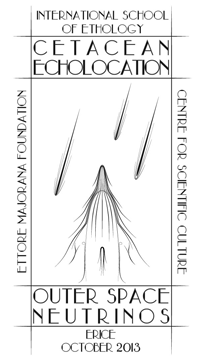Speaker
Dr
Tzu-Hao Lin
(Institute of Ecology and Evolutionary Biology, National Taiwan University)
Description
In recent years, long-term acoustic recorders have been extensively employed to examine the temporal variation of cetacean occurrences. However, the interpretation of cetacean behavior based on their vocal usage remains difficult. The temporal variation of behaviors can only be detected through the variability of vocal usage. Tonal sounds are believed to play an important role in cetacean communication and the changes in repertoire complexity can be indicative of behavioral changes. Burst-pulses are frequently detected in the terminal phase of feeding event, thus can be seen as the indication of foraging behavior. In this study, automatic detection and classification algorithms were applied to examine the usage pattern of tonal sounds, in terms of frequency modulation and structural complexity. A bandwidth detector was employed on long-term recordings from the marine cable hosted observatory (MACHO) off Northeastern Taiwan to collect cetacean tonal sounds and burst-pulses. The instantaneous frequency bandwidth of tonal sound was applied as a detection parameter so that it can effectively extract the representative frequencies of tonal sound. The representative frequencies of burst pulse, fundamental frequency, and harmonic were separated and used to analyze the temporal variation of tonal sound frequency modulation. Individual contours were then tracked from the representative frequencies of fundamental frequency. Different types of contour were classified through an unsupervised method to examine the repertoire composition without subjective determination. The structural complexity of tonal sound repertoire was quantified using the information theory. Through the current framework, the variability of tonal sound usage among the diel cycle and seasonal cycle can be analyzed. It also provides intuitive parameters for the structural variability of tonal sound usage, which can facilitate the species recognition and the examination of cetacean habitat use.
Primary author
Dr
Tzu-Hao Lin
(Institute of Ecology and Evolutionary Biology, National Taiwan University)
Co-authors
Chi-Fang Chen
((Department of Engineering Science and Ocean Engineering, National Taiwan University))
Hsin-yi Yu
((Institute of Ecology and Evolutionary Biology, National Taiwan University))
Lien-Siang CHOU
((Institute of Ecology and Evolutionary Biology, National Taiwan University))

